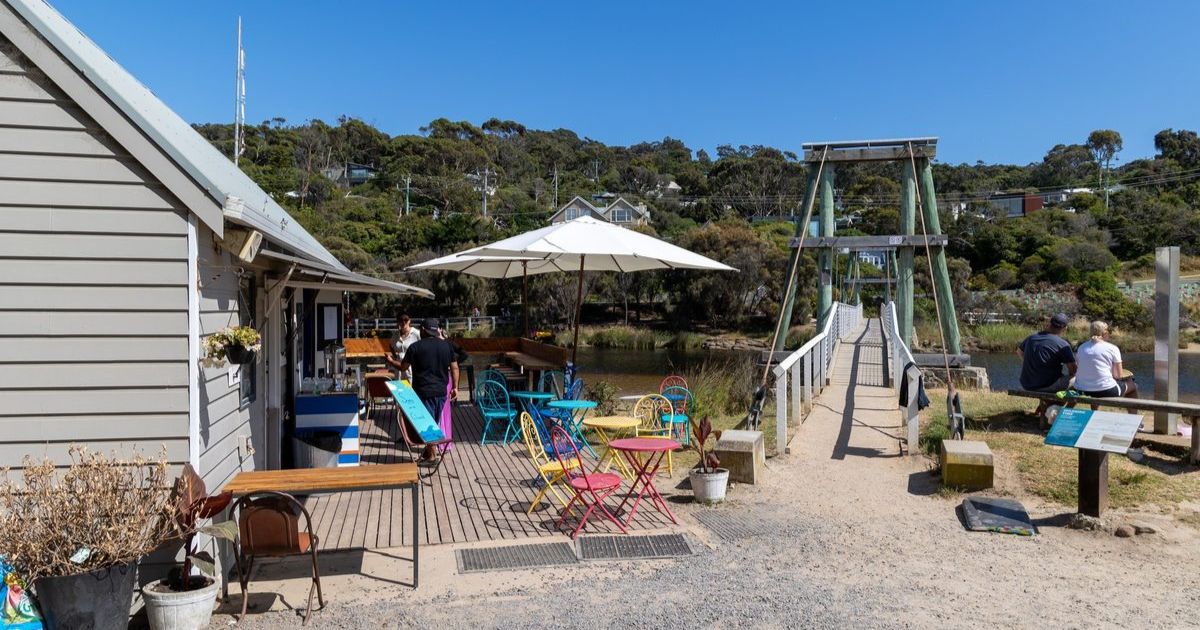GRAPEVINE: Explore the diversitythat Champagne has to offer
The big Houses of Champagne have long dominated the minds ofconsumers, in many instances they have substantial marketing budgets to generate the feeling of awe and excitement when you see their label appear.
As with many parts of the liquor industry (look to craft beer and spirits lately), consumers are more and more
looking for the small, passionate growers with a unique story to tell.
It’s still early days though, for many Champagne drinkers outside the wine industry awareness of the smaller growers focused solely on their own estate and their own commune is still quite low. Their small production can make them difficult to find at times, but the best are well worth seeking.
The three main subregions of Champagne are generalised somewhat by the dominant grape in the area.
The Montagne de Reims starts at the northern most point of the regions and curves out the east and then back on towards Epernay, famous for Pinot Noir primarily and lays claim to the most Grand Cru villages in the region.
The Cote de Blancs sits to the south of Epernay, not surprisingly it is the home of Chardonnay with its preponderance
of chalky soils. To the west we have the Vallee de la Marne, which has more recently started to carve out an identity for itself, being known for Pinot Meunier.
Aube and the Cote de Sezanne are emerging, but still sit a little behind with no premier or grand cru villages.
While the bigger houses of Champagne have traditionally blended their wines from across the subregions, there has been little need or ability to differentiate between the subregions given the lack of single village or single site examples.
Starting with Philliponat and their Clos de Goisses back in the early 1900’s and then Krug with their Clos du Mesnil and
Clos d’Ambonnay, over the past 20 or so years, the rise of single site or at least single village Champagnes has grown
exponentially along with the identities of the producers, now broadly known as ‘grower’ champagnes.
While they can suffer from the variability of each vintage a little more than the big houses who have the flexibility to blend from across the region, consumers are becoming far more educated and understanding of the variation in a wine from vintage to vintage such that consistency to the point of no variation in flavour from year to year can become a little
boring for some. Not to mention the fact that a warming climate has seen the disastrously cool years become fewer and farther between, allowing for ripeness to be achieved more consistently and the skills and tools at the disposal of winemakers are continuing to iron out the flaws and faults of the past.
These growers still make up a tiny percentage of the production and export from Champagne, but if you love sparkling wine there has never been a better time to explore the diversity that Champagne has to offer such that you may not have thought existed.
Apollonis ‘Authentic Meunier’ Blanc de Noirs Brut – $75
There are plenty of expensive and hard to find growers, but it would hardly encourage exploration if you have to spend well north of $100 or $200 on a bottle that you may not even be able to find. While the feature wine is by no means widely distributed in Australia yet, it can be found around our region given the importer is based in Geelong.
Based in Festigny, North West of Epernay towards the Vallee de la marne sub region, Michel Loriot is considered one of the finest growers of Pinot Meunier. Equally as famous for broadcasting classical music throughout his vineyards and cellars, he claims to the benefit of the fruit and final wines (we can’t confirm or deny that one), there is no doubt what he is doing as a whole has produced a beautiful Champagne entirely from Pinot Meunier. It shows the aromatics and fruit-forward nature of the grape, balanced beautifully with the effects of extended bottle fermentation as it moves from ripe red berries through to subtle toast and florals. There is ample weight but it retains an elegance and finishes dry, crisp with lovely persistence of flavour.


















